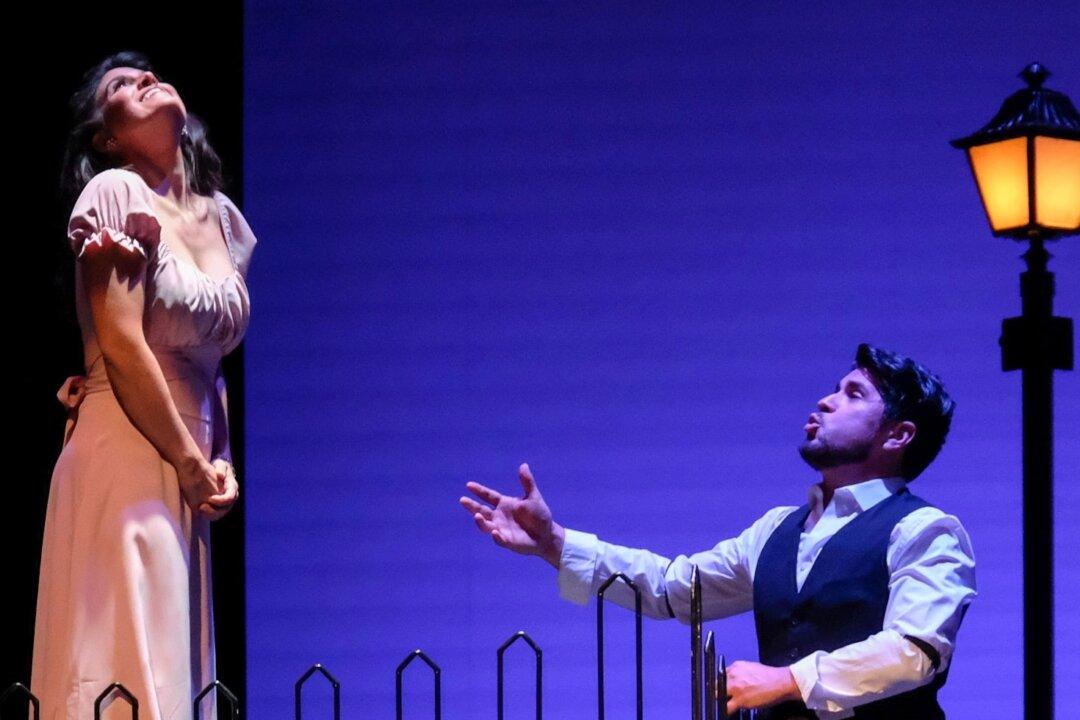Commentary
“Romeo and Juliet” is one of the most famous stories of all time. Originating from the ancient Greek tale of Pyramus and Thisbe, the melodrama of the star-crossed lovers has been adapted to stage and screen countless times in different genres. It’s been the basis for numerous operas in many languages. The most famous of these operas is a French one, “Roméo et Juliette” by Charles Gounod.





